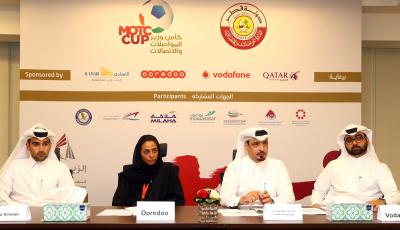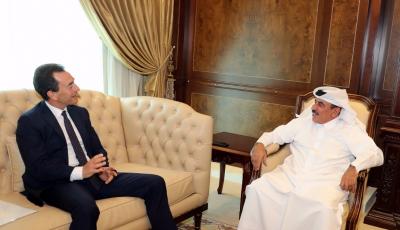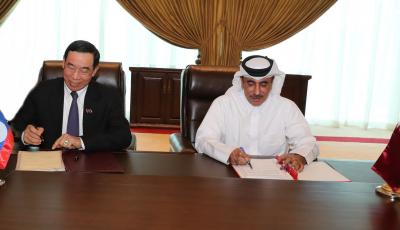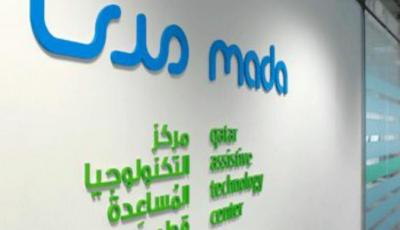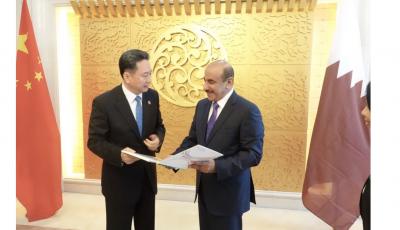Monday, May 22, 2017
580 teachers become ambassadors of 'Haseen' cyber security programme
Doha-AROUND 580 male and female teachers from more than 300 private, public and international schools across Qatar have completed training for the Haseen Internet safety and security awareness programme that aims to raise students' awareness about cyber security.The participating teachers will now act as Haseen ambassadors and impart the training to other staff within their schools in order to provide grade 1 to grade 12 students with fundamental ICT competencies and ensure responsible, safe and ethical use of Internet by them.The training workshops were organised recently held by the Ministry of Transport and Communications (MoTC) and the Ministry of Education and Higher Education.The participating teachers were educated on the cybersafety topics that Haseen covers along with the best practices and how to use the Haseen search engine.The two ministries recognise the significance of cyber safety education for all, especially children. Schools also have a responsibility to provide safe online environments and teach children how to use technology in positive and productive ways. To this end, the MoTC collaborated with the Ministry of Education and Higher Education to make Arabic and English cyber safety multimedia content available which can be integrated into subject classes."We are glad to have achieved our goal; providing such a number of Haseen ambassadors, something which reflects how deeply the Ministry of Transport and Communications believes in the importance of raising cyber safety awareness amongst young people, as well as instructors and parents," said Reem al Mansoori, Assistant Undersecretary of Digital Society Development at MoTC.Assistant Undersecretary for Educational Affairs at the Ministry of Education and Higher Education, FawziaalKhater, said that the joint efforts between the two ministries have produced a portal with a search engine for a number of educational activities related to Internet safety, designed using multimedia (video, animation, written and audio files, and online self-assessments). Such media aligns with the standards of subjects such as Arabic, English and the Value Education Framework. Teachers have been trained in how to use the portal and integrate activities into daily lesson plans.Haseen offers teachers an online portal, which has almost 150 learning resources on cyber safety topics in different formats. The portal provides over 350 detailed learning activities that use the learning resources and can be used with children at schools during Arabic, English and Ethics classes.Teachers can choose the educational resources (animation, video, worksheets, audio clips, animated quizzes and interactive web programmes) that provide cyber safety content integrated with the lesson, and the student can then practice using the activities attached to the resource.
